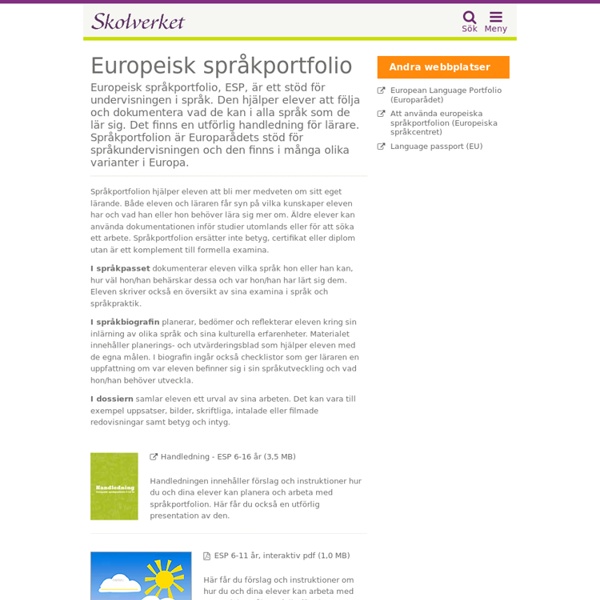A million first steps
We have released over a million images onto Flickr Commons for anyone to use, remix and repurpose. These images were taken from the pages of 17th, 18th and 19th century books digitised by Microsoft who then generously gifted the scanned images to us, allowing us to release them back into the Public Domain. The images themselves cover a startling mix of subjects: There are maps, geological diagrams, beautiful illustrations, comical satire, illuminated and decorative letters, colourful illustrations, landscapes, wall-paintings and so much more that even we are not aware of.
Lizzie Pinard - Course books in the language classroom: friend or foe?
This is not the first time I’ve discussed or reflected on the use of course books in the classroom, neither, I’m sure, will it be the last. While in my first post-CELTA job, I initiated an #ELTchat discussion entitled “How to avoid death by course book?” – the summary of which can be found here – which hints at my feelings towards course books at that time! Since then, and via a lot of teaching, learning (both on the job and during my Delta/M.A.ELT year at Leeds Metropolitan) and reflection, my relationship with course books has evolved…
Webinar on Open Badges
Is there a future for Open Badges? Webinar on 26 November 2015 at 10.00 AM CET Sales pitch We learn everyday, all the time. We can’t help ourselves, it is in our nature.
Simulations Can Change the Course of History . . . Classes
I went to a Professional Development workshop several years ago with a master history teacher, Eric Rothschild, who spent his career teaching at Scarsdale High School. He was a brilliant workshop facilitator, and I learned more about teaching history in that workshop than in any other professional development experience I'd had up to that point in my career. He ran a workshop on teaching AP U.S. History, and it was unlike anything I had seen before.
Jennifer's Language Pages - Greetings in More than 2800 Languages
Works Cited: (The works below were consulted for language data such as language names, ISO 639-3 codes, and geographic locations where each language is spoken, as well as for the articles on this site. See also Information about sources for information about sources of translations on this site.) CDE. 2011.
4 ways to use YouTube in the language classroom
UPDATE: I’m delighted to say that this post has been nominated for the British Council’s TeachingEnglish blog award for innovative teaching ideas. I’m really delighted to have been included in this month’s nominations, so… make me a super happy boy by clicking here and voting for me! When it comes their language learning I can safely say that my teenage students always enjoy the multimedia experience.Rather than studying grammar and vocabulary through boring old course books, they find it more exciting to watch action unfold via moving images on their laptop, tablet or smart phone. What’s great about this is that it’s not just a one-way deal: video clips offer us as teachers the basis for the development of many language skills. I’m an avid user of short clips in my classrooms.
verb conjugation on-line in 10's of languages
OnlineWindowsFor DevelopersAbout ... Verb Conjugation On-line The On-line Verb Conjugator Supported Languages
Steve Lambert
Is email a distraction? SelfControl is an OS X application which blocks access to incoming and/or outgoing mail servers and websites for a predetermined period of time. For example, you could block access to your email, facebook, and twitter for 90 minutes, but still have access to the rest of the web. Once started, it can not be undone by the application, by deleting the application, or by restarting the computer – you must wait for the timer to run out.
Two stars, a wish and a supertext! English 8C
Homework for Wednesday 22nd of January is to watch this film and make sure you understand the phrases. Before you fly away with your text take a look at the things below. Perhaps you find something you need to work more with. (The phrases below are made by Mia Smith and her pupils year 9 Herrgårdsskolan, Gothenburg) STARSVariation and vocabulary Your language is varied.
Getting Started With Periscope In The Classroom -
Getting Started With Periscope In The Classroom by Amy Arbogash and Stephanie Rudolph Today’s teachers are finding new and better ways to engage their students in the learning that goes on in classrooms. One of the ways to stay relevant is to use technology to their advantage.
Teaching in the 21st Century
Subscribe to Anders Bobäck Get the best videos sent to your inbox Thanked Anders Bobäck 22mo
5 things you should know about Periscope for education
Pros and cons for educators considering Twitter’s new live video streaming service Ever since Twitter introduced its live streaming service, Periscope, earlier this year, educators have become enamored. It’s not hard to understand why. The video app is integrated right into your Twitter account and boasts an impressive number of education applications, from broadcasting a riveting unconference discussion for a global audience to impromptu blended learning for students.



